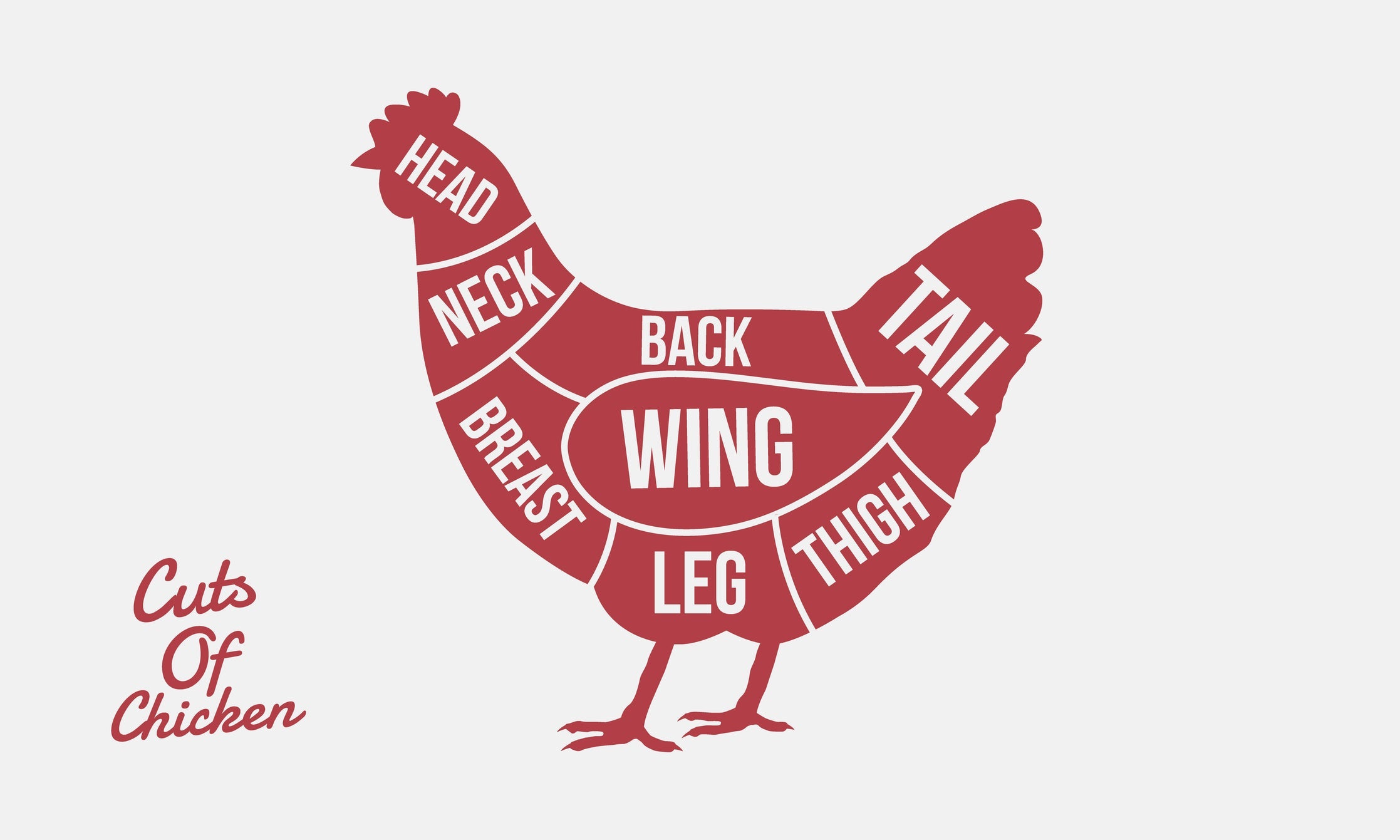Mastering the art of deboning chicken thighs and drumsticks is a valuable skill that opens up a world of culinary possibilities. Whether in streamlining your meal prep or creating elegant presentations, taking a few extra minutes to remove the bones can significantly elevate your dishes. This guide will walk you through the process step-by-step, empowering both home cooking enthusiasts and seasoned restaurant professionals to confidently debone these flavorful cuts.

Why Debone? The Benefits for Your Kitchen
Deboning chicken thighs and drumsticks offers several advantages:
-
Even Cooking: Without the bone, the meat cooks more uniformly, eliminating those frustratingly undercooked spots near the bone.
-
Faster Cooking: Deboned chicken often cooks more quickly, saving you valuable time in the kitchen.
-
Versatile Applications: Deboned meat can be easily sliced, diced, stuffed, rolled, or pounded thin for a wide range of recipes. Think chicken roulades, stir-fries, or even gourmet chicken burgers.
-
Elegant Presentation: Deboned chicken can be presented in more refined and visually appealing ways on the plate.
-
Easier Eating: For some dishes, especially those served to guests, boneless portions can be more convenient and enjoyable to eat.
Kitchen Equipment You'll Need:
-
A sharp boning knife or a thin-bladed kitchen knife. Ensure it's well-sharpened for clean cuts.
-
A clean cutting board.
-
Paper towels for grip and hygiene.
Step-by-Step: Deboning a Chicken Thigh

-
Preparation: Place the chicken thigh skin-side down on your cutting board. Locate the thigh bone by feeling through the meat.
-
Initial Cuts: Make a shallow cut along the length of the thigh, directly over the bone. Then, make a few short, perpendicular cuts across the bone to help you work around it.
-
Separating the Meat: Using the tip of your knife, carefully begin to separate the meat from the bone. Work slowly and deliberately, using short, controlled strokes. Keep your fingers out of the path of the blade.
-
Following the Bone: Gently scrape the meat away from the bone, working your way around it. You'll encounter some connective tissue; use the tip of your knife to sever these connections.
-
Removing the Bone: Once the meat is mostly detached, you should be able to lift the bone away from the meat. You might need to make a final small cut to completely free it.
-
Trimming: Inspect the deboned thigh and trim away any excess fat, cartilage, or silver skin as desired.
Step-by-Step: Deboning a Chicken Drumstick
-
Preparation: Place the chicken drumstick on your cutting board. Locate the bone, which runs straight through the center.
-
Initial Cut: Find the thinner end of the drumstick. Make a circular cut around the bone, just above the knuckle. This will help you access the bone.
-
Working Along the Bone: Insert the tip of your knife along the side of the bone, working downwards towards the thicker end. Use short, scraping motions to separate the meat from the bone. Rotate the drumstick as you go, ensuring you're freeing the meat all around.
-
Removing the Bone: Continue scraping until you reach the thicker end of the drumstick. You should now be able to grasp the bone firmly and pull it out, leaving the meat intact. You may need to use your knife to detach the bone at the knuckle end.
-
Trimming: Trim away any unwanted fat or connective tissue.
Pro Tips for Deboning Success:
-
Sharp Knife is Key: A dull knife will make the process much more difficult and potentially dangerous. For its maneuverability, flexible deboning knives are generally considered the better choice by most cooks and butchers
-
Take Your Time: There's no need to rush. Focus on making clean, controlled cuts.
-
Feel the Bone: Use your non-dominant hand to feel the position of the bone as you work.
-
Don't Be Afraid to Use the Tip: The tip of your knife is your most precise tool for this task.
-
Practice Makes Perfect: Like any culinary skill, deboning becomes easier with practice.
The Difference of Starting with Quality Chicken
Working with high-quality chicken makes the deboning process smoother and more rewarding. Chicken that is fresh and well-handled will have a firmer texture, making it easier to separate the meat from the bone cleanly. You'll also notice a richer, more satisfying flavor in your final dish when you start with premium ingredients. If you’re short on time, order Jidori boneless chicken thighs a few days ahead of your meal. Or keep a few packs of our latest chef's cut Jidori Chicken Chunks in your freezer.
Unleash your Inner Creative Chef:
Deboning chicken thighs and drumsticks is a valuable skill that empowers you to take your cooking to the next level. With a little practice and the right techniques, you'll be confidently transforming these versatile cuts into culinary delights for your next amazing meal.
(Imagine stuffing those boneless thighs with flavorful herbs and cheeses, creating elegant chicken roulades, or quickly stir-frying diced chicken for a vibrant Asian-inspired meal. Deboned drumsticks are perfect for flavorful braises or even grinding for homemade chicken sausages.)


